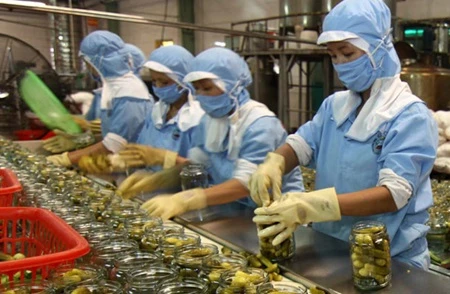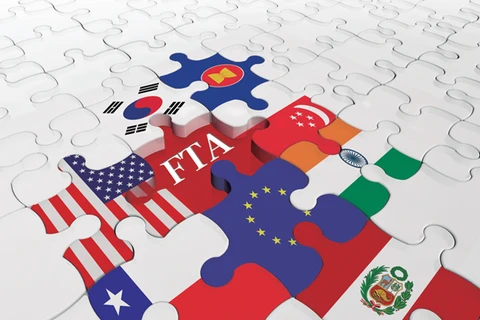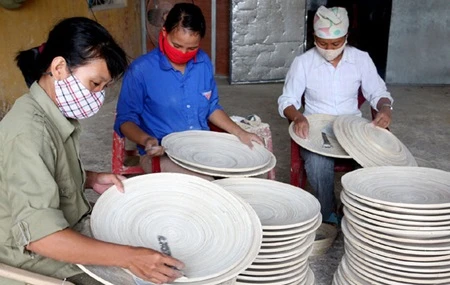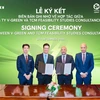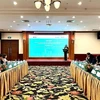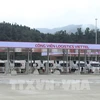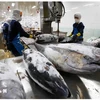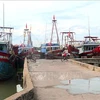Hanoi (VNA) - Fierce competition looms large on the domestic market when more and more free trade agreements (FTAs) come into effect, Deputy Prime Minister Hoang Trung Hai warned at a meeting between the Government and ministries and local authorities on December 29.
More imported products, particularly from ASEAN member states, will soon enter the domestic market, he said, urging the Ministry of Industry and Trade and the Ministry of Finance to help local businesses enhance their competitive edge while improving their own management capacity so as to well handle any arising issues.
“Imported goods will flood the market, and trade disputes are expected to increase, so we would not be able to protect domestic businesses if timely solutions are not adopted and the management mechanism improved,” the deputy PM stressed.
He noted that while domestic enterprises are able to meet domestic demand and even export, their products still face tough competition from imports, citing steels and fertilizers as examples.
He urged ministries for more effective measures to safeguard local industries.
Echoing Hai’s view, Deputy PM Pham Binh Minh voiced his concern over low levels of public awareness of the ASEAN Economic Community (AEC) and its impacts.
Many Vietnamese exporters have kept their focus on EU, Japan and US markets, leaving regional ones untapped, and a majority of businesses do not actively seek information on AEC, Minh noted.
Chairman of the Ho Chi Minh City People’s Committee Nguyen Thanh Phong proposed that ministries should disseminate information on AEC, Trans-Pacific Partnership (TPP) and FTAs more widely and design more support for local enterprises while research technical barriers and anti-dumping and subsidy measures to assist young industries.-VNA


